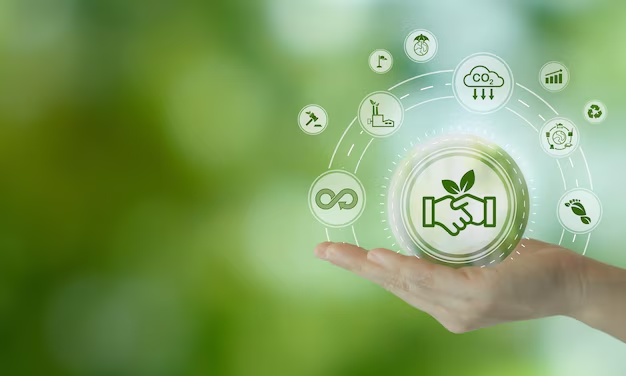The Ultimate Guide to Understanding Green Building Certifications
In today's eco-conscious world, green building certifications have become a vital part of sustainable construction and architecture. These certifications not only promote environmental responsibility but also enhance energy efficiency and contribute to healthier living spaces. As you look to navigate this green revolution, here's what you need to know to make informed decisions and possibly explore financial opportunities that go hand-in-hand with sustainable building practices.
What Are Green Building Certifications?
Green building certifications are standards set to assess the environmental performance and sustainability of a building or construction project. They evaluate various factors such as energy efficiency, use of sustainable materials, indoor environmental quality, and water conservation. Popular certifications include LEED (Leadership in Energy and Environmental Design), BREEAM (Building Research Establishment Environmental Assessment Method), and the Living Building Challenge.
Why Do They Matter?
Green building certifications matter for several reasons:
- Resource Efficiency: Certified buildings use resources such as water and energy more efficiently.
- Health and Well-being: Improved air quality and natural lighting contribute to better health.
- Market Value: Certified buildings often have a higher market value due to their reduced environmental impact.
- Regulatory Compliance: Compliance with local and national regulations that may require sustainable building practices.
- Financial Savings: Long-term savings on utility bills and potential tax incentives.
How Do You Get Certified?
The path to certification involves several steps:
- Choose the Certification: Decide which certification aligns with your project goals.
- Register the Project: Register with the chosen certification body.
- Documentation: Compile the necessary documentation, including design plans and environmental impact assessments.
- Review and Assessment: Submit your documentation for review and await feedback.
- Certification: Once your project meets all criteria, you'll receive certification.
Financial Benefits and Assistance
Adopting green building practices can open doors to various financial benefits.
- Government Incentives: Many governments offer tax credits and rebates for adopting sustainable practices. These incentives can significantly reduce initial costs and improve ROI.
- Loans and Grants: Explore loans with favorable terms for eco-friendly projects, and check if your local government offers grants for green construction.
- Increased Property Value: Buildings with certifications often fetch higher prices, making them attractive investment opportunities.
The Path to a Greener Future
Green building certifications are more than just a badge of honor; they represent a commitment to a sustainable future. They are pivotal for those looking to play a part in reducing environmental impact while ensuring economic viability.
As you consider this path, remember that financial and educational resources are available to aid in achieving sustainable goals. Incentivizing efforts through government aid, financial assistance, or even educational grants can make green building projects more feasible.
Here's a concise list of key financial resources and solutions:
- 💰 Government Incentives: Check for available tax rebates and incentives for certified projects.
- 📈 Green Loans: Seek out loans specifically catered to sustainable projects for friendlier terms.
- 💸 Reduced Utility Costs: Certified buildings lower utility expenses, aiding your bottom line.
- 🌍 Grants and Subsidies: Look for grants dedicated to supporting eco-friendly projects.
- 📚 Educational Opportunities: Access courses and workshops on sustainable building practices to stay ahead.
Green building certifications not only enhance our built environment but can also lead to significant financial gains and contribute positively to the planet's future. Embrace these opportunities and start building with sustainability in mind today!
